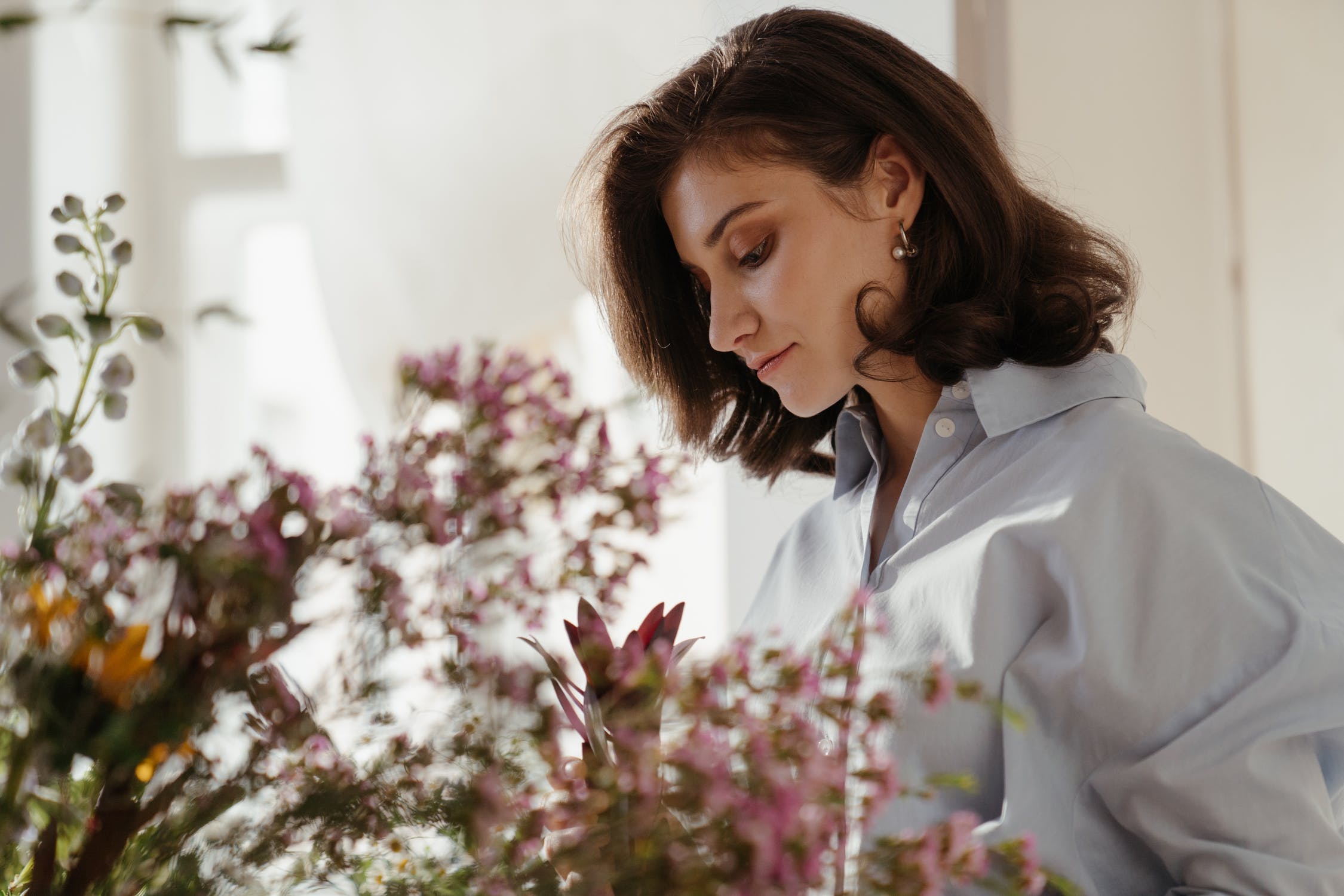There’s never been a better time to learn to compost to help reduce the increased amount of waste than during the pandemic.
Recent changes in regulations and routines due to coronavirus have led to an increase in waste. Food outlets can only serve takeaway, so each time takeout is ordered a huge amount of single use containers are used and discarded, from bags to coffee cups.
People are also eating more, whether due to boredom or experimental cooking, this results in more food waste.
Composting is a natural process where biodegradable materials are broken down by microorganisms (fungi and bacteria) into a rich nutrient soil. This soil can then be put at the base of both indoor and outdoor plants to add nutrients to their soil to help them grow and stay healthy.
Compost can also be given to friends, family, neighbours or a Sydney community garden. Depending on the compost system used, there is a wide range of waste that can be used.
20-30% of our household waste is food waste and reducing what waste goes to landfill is great for the environment. Making compost at home helps save money on fertiliser, and keeps plants healthy and happy.
Starting a compost may even change consumption choices, as one will start to think about biodegradability and environmental impacts when purchasing products and food.
The steps to start a compost at home:
Keep it compact
Use an airtight bucket (keep it under your sink or on a bench) or buy a bokashi system bin.
Composts kept in small spaces benefit from regularly added bokashi which is a mixture containing microorganisms. This will help to break down biodegradable waste and kick start the breakdown process whilst minimising smell.
Bokashi allows all food waste to be broken down, including cooked foods, meat, cheese and dairy, so this will really reduce food waste. Bokashi can be bought online at gardening and hardware stores, or made at home. Bokashi systems produce a liquid fertiliser after a few weeks that can be used on gardens and diluted to be used for houseplants (add 1 teaspoon of liquid to 5 litres to water).

Use a garden
If space provides, a garden compost can be made in a one by one metre space. Make your own with an old drum with the bottom cut off so the compost can be accessed through the bottom and holes drilled in to allow some air flow or buy one ready to go. Then add some dirt, food scraps, mix occasionally and make sure it’s kept moist. The nutrient rich soil will accessible at the bottom of the bin after a few weeks.

What to compost
Composts need a mix of carbon and nitrogen rich sources to provide energy for microorganisms to flourish and break down scraps into rich nutrients. Make sure what goes into the compost is in small pieces to make it easy for the microorganisms to break everything down.
There needs to be a mix of ‘greens’ and ‘browns’ in the compost. ‘Greens’ are nitrogen rich materials such as veggie scraps, coffee grounds, tea bags, grass clippings and egg shells.
“Browns” are carbon rich materials including dried leaves, plant trimmings, paper bags, cardboard, paper towel, compostable food packaging (check for labels indicating biodegradability).
If bokashi mix isn’t used, be careful not to add meat, pet poop, dairy, fat/oils, diseased plants, citrus peels or onions as microorganisms can struggle to break these down.




